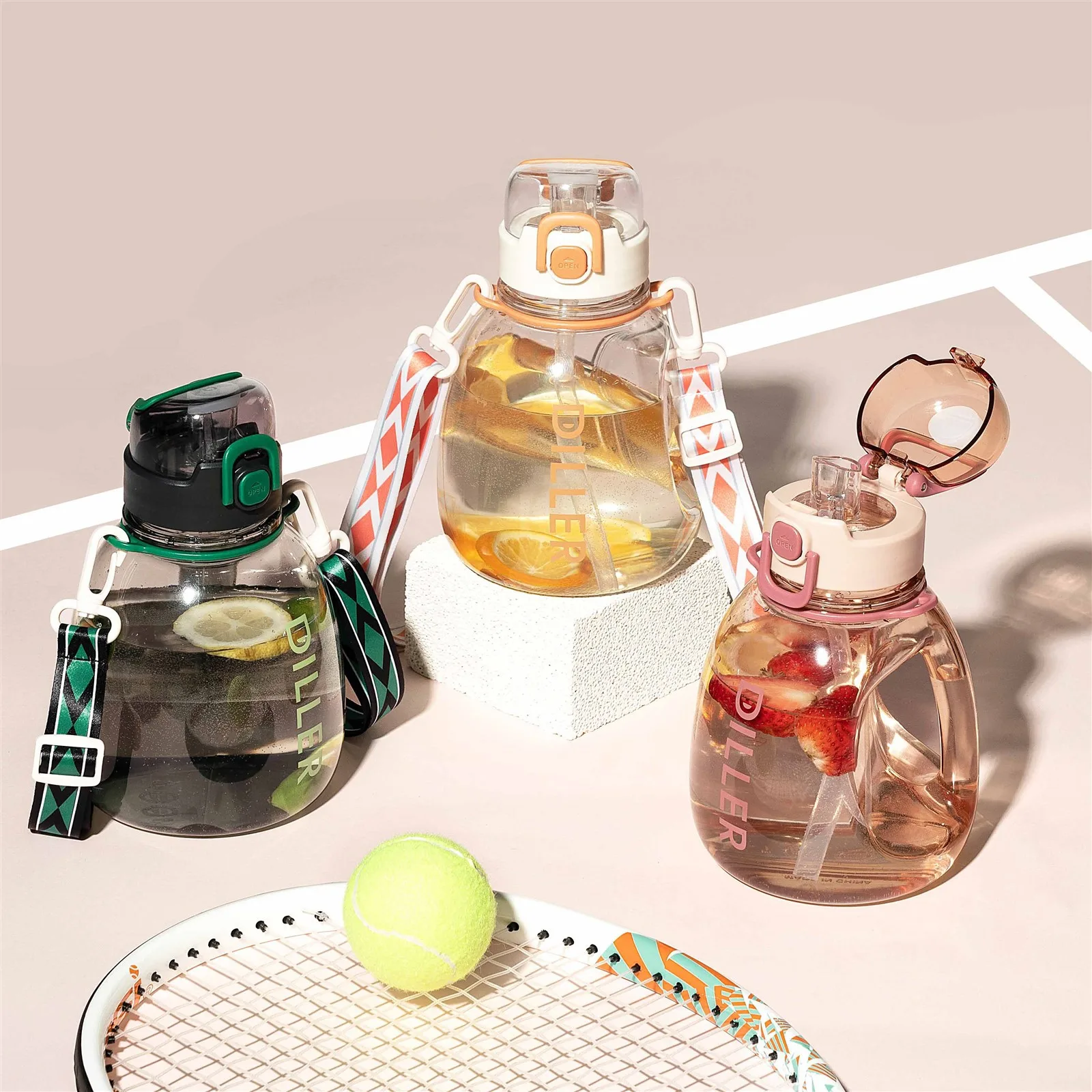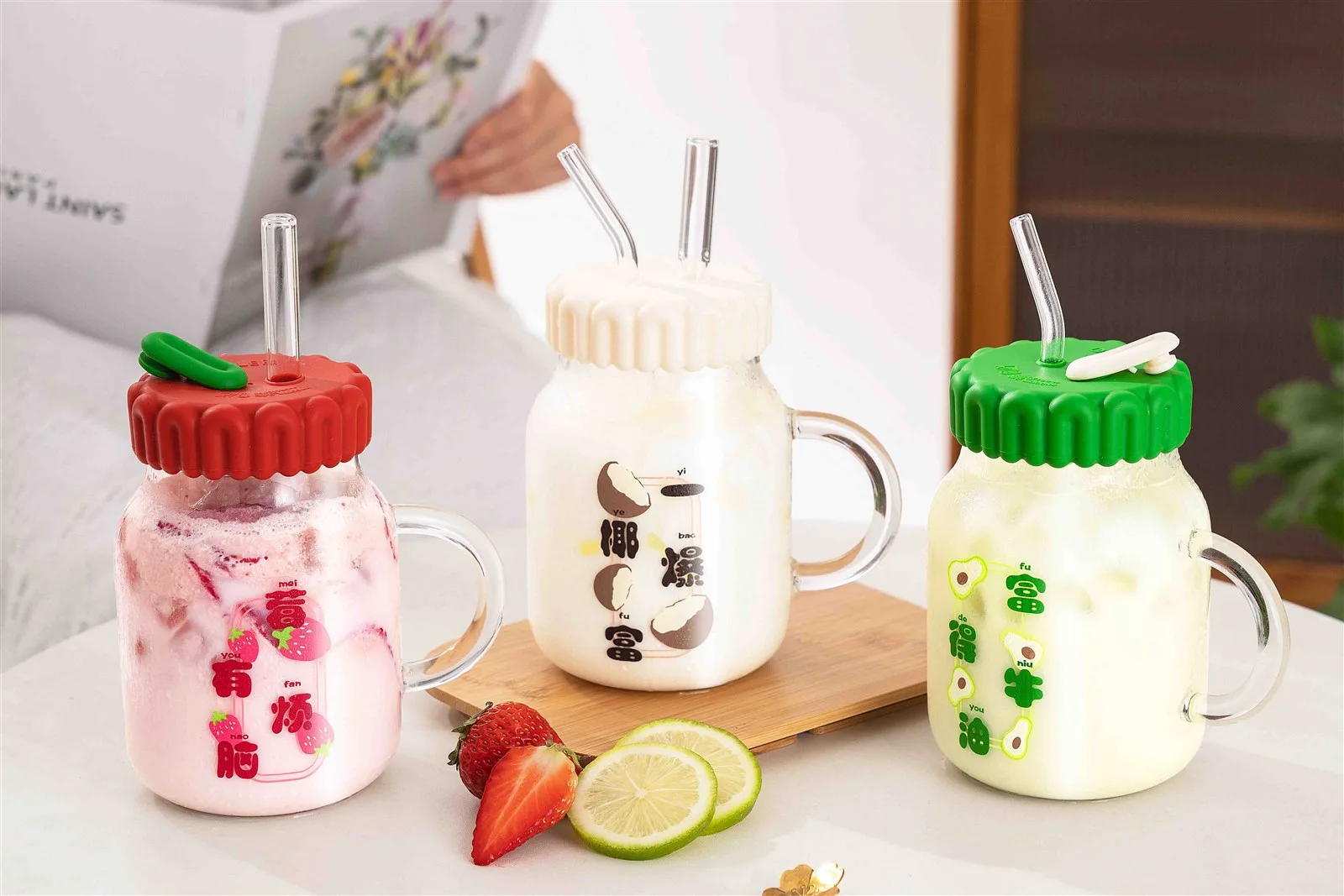Below is a general introduction to the entire production process and precautions for glass cups and plastic water bottles.
The production and processing process of plastic cups can be divided into the following steps:
1. Raw material preparation: The main raw material for plastic cups is plastic particles. It is necessary to select plastic particles of different materials according to product requirements and conduct quality inspections to ensure that the quality of raw materials meets the requirements.
2. Raw material melting: Put plastic particles into an extruder and melt them into plastic melt at high temperature.
3. Mold forming: The molten plastic melt is passed through the mold mouth to form a plastic film or sheet material. The mold needs to be designed and manufactured according to the product size and shape to ensure the dimensional accuracy and surface quality of the product.
4. Cooling and shaping: The formed plastic film or sheet is cooled and shaped through a cooling device to achieve the desired product shape and size.
5. Cutting and stamping: Cut and stamp the cooled and shaped plastic film or sheet to form the required cup body and lid.
6. Assembly and Packaging: Assemble the cup body and lid, seal with a sealing machine, and finally package the product.
7. Quality inspection: Multiple quality inspections are required during the production process, including appearance inspection, size inspection, strength inspection, etc. Qualified plastic cups need to be cleaned and packaged for shipment.
8. Packaging and transportation: The packaging of plastic cups requires measures such as shockproof and anti drop measures to ensure that the product is not damaged during transportation. At the same time, it is necessary to choose reasonable transportation methods based on the characteristics of the product and customer needs, such as land transportation, air transportation, sea transportation, etc.
In addition to the above process steps, the following points need to be noted:
1. Hygiene control during the production process: As plastic cups are products that come into direct contact with food, hygiene control during the production process is very important. It is necessary to maintain a clean and hygienic working environment during the production process, and use food grade cleaning agents for cleaning and disinfection.
2. Equipment requirements: The production of plastic cups requires the use of professional stainless steel processing and testing equipment, such as extruders, molds, cooling devices, cutting machines, stamping machines, etc. The performance and quality of equipment have a significant impact on the quality and performance of the products produced.
3. Quality control: Multiple quality inspections and controls are required during the production process, such as surface quality inspection, size inspection, strength inspection, etc. Quality control is an important link in ensuring product quality, requiring strict control of various process parameters and inspection standards.
4. Packaging and transportation: The packaging of stainless steel insulated cups requires measures such as shockproof and anti drop measures to ensure that the product is not damaged during transportation. At the same time, it is necessary to choose reasonable transportation methods based on the characteristics of the product and customer needs, such as land transportation, air transportation, sea transportation, etc.
The production and processing process of glass cups can be divided into the following steps:
1. Preparation of raw materials: The main raw material for glass cups is glass particles. It is necessary to select glass particles of different materials according to product requirements and conduct quality inspections to ensure that the quality of raw materials meets the requirements.
2. Raw material melting: Place glass particles into a high-temperature furnace and melt them into glass melt at high temperatures.
3. Mold forming: Melted glass melt is passed through the mold mouth to form a glass film or sheet material. The mold needs to be designed and manufactured according to the product size and shape to ensure the dimensional accuracy and surface quality of the product.
4. Cooling and shaping: The formed glass film or sheet is cooled and shaped through a cooling device to achieve the desired product shape and size.
5. Cutting and stamping: Cut and stamp the cooled and shaped glass film or sheet to form the required cup body and lid.
6. Assembly and Packaging: Assemble the cup body and lid, seal with a sealing machine, and finally package the product.
7. Quality inspection: Multiple quality inspections are required during the production process, including appearance inspection, size inspection, strength inspection, etc. Glass cups that pass the inspection need to be cleaned and packaged in preparation for shipment.
8. Packaging and transportation: The packaging of glass cups requires measures such as shockproof and anti drop measures to ensure that the product is not damaged during transportation. At the same time, it is necessary to choose reasonable transportation methods based on the characteristics of the product and customer needs, such as land transportation, air transportation, sea transportation, etc.
In addition to the above process steps, the following points need to be noted:
1. Hygiene control during the production process: As a product that comes into direct contact with food, hygiene control during the production process is very important. It is necessary to maintain a clean and hygienic working environment during the production process, and use food grade cleaning agents for cleaning and disinfection.
2. Equipment requirements: The production of glass cups requires the use of professional glass processing and testing equipment, such as glass furnaces, molds, cooling devices, cutting machines, stamping machines, etc. The performance and quality of equipment have a significant impact on the quality and performance of the products produced.
3. Quality control: Multiple quality inspections and controls are required during the production process, such as surface quality inspection, size inspection, strength inspection, etc. Quality control is an important link in ensuring product quality, requiring strict control of various process parameters and inspection standards.
4. Packaging and transportation: The packaging of glass cups requires measures such as shockproof and anti drop measures to ensure that the product is not damaged during transportation. At the same time, it is necessary to choose reasonable transportation methods based on the characteristics of the product and customer needs, such as land transportation, air transportation, sea transportation, etc.



